Specifically, according to the report of the Department of Industrial Safety and Environment ( Ministry of Industry and Trade ), on June 26, the flow to hydroelectric reservoirs in the Northern, Southeast, and Central Highlands regions decreased slightly; the North Central region increased slightly; the flow to the reservoirs in the South Central coastal region was low, fluctuating slightly compared to yesterday.
Meanwhile, the water level of hydropower reservoirs in the Northern region increased rapidly, 7-20m higher than the dead water level; the North Central and Southeast regions increased slightly; the Central Highlands and South Central Coast regions decreased slightly compared to yesterday. The water levels of the reservoirs are within the minimum water level range according to the operating procedures.
According to the Department of Industrial Safety and Environment, the flow and water level at hydroelectric reservoirs in the Northern region have increased, large reservoirs are raising water levels, limiting power generation to prepare for the next heat wave; some medium and small reservoirs with free overflow have had to regulate flood water.
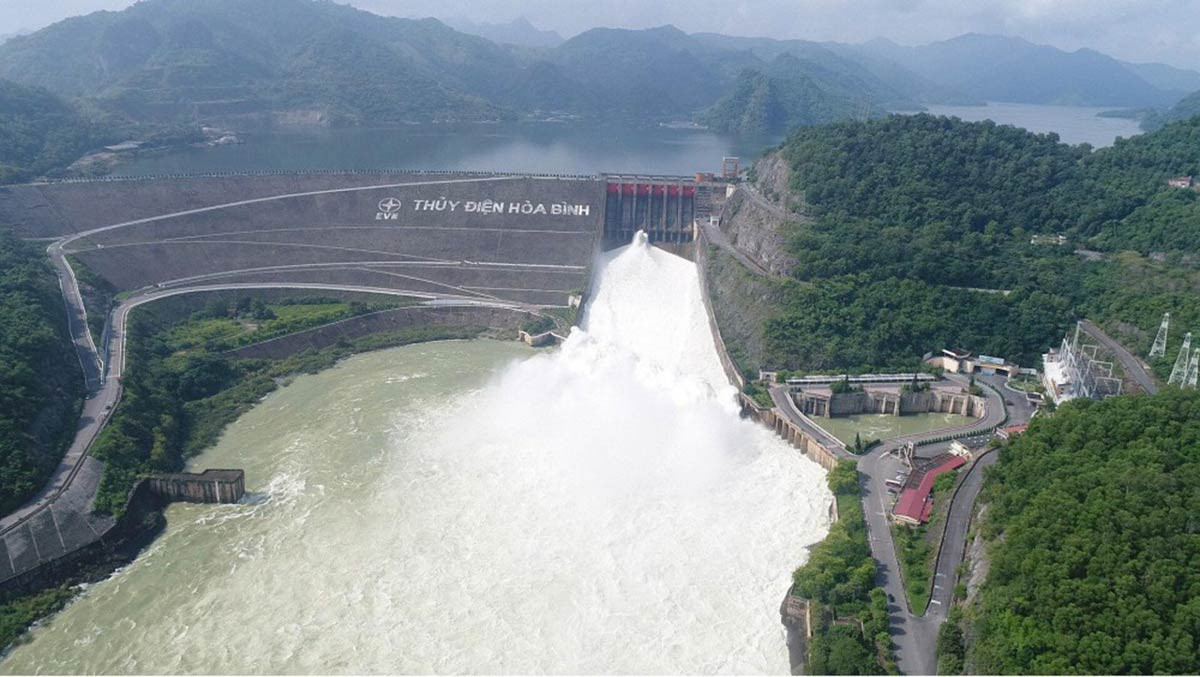
The water level in some lakes in the North Central and Southeast regions is low, mainly regulating water to ensure minimum flow, generating electricity moderately to ensure safety of generators during operation, and increasing water level for power generation.
Currently, there are only 4 lakes at low water levels, forcing 4 factories to operate at a moderate level, including: Thac Ba, Ban Ve, Dong Nai 3 and Thac Mo.
According to the forecast of the Department of Industrial Safety Techniques and Environment, the 24-hour water flow to lakes in the Northern region will decrease slightly but remain high; the North Central, Central Highlands, and Southeast regions will increase slightly; the South Central Coast region will decrease slightly, remaining low.
In the Northern region, where the largest hydropower plants in the country are concentrated, today the hydropower reservoirs are forecast to have large inflows, but slightly lower than yesterday. Accordingly, Lai Chau Lake: 452 m3/s; Son La Lake: 1,111 m3/s; Hoa Binh Lake: 611 m3/s; Thac Ba Lake: 85 m3/s; Tuyen Quang Lake: 588 m3/s; Ban Chat Lake: 316 m3/s.
In the North Central region, the inflow of hydroelectric reservoirs increased slightly compared to yesterday. For example, Trung Son Lake: 538 m3/s; Ban Ve Lake: 103 m3/s; Hua Na Lake: 40 m3/s; Binh Dien Lake: 7 m3/s; Huong Dien Lake: 8 m3/s.
In the Southeast region, the inflow to hydroelectric reservoirs decreased slightly compared to yesterday. For example, Thac Mo Lake: 60 m3/s; Tri An Lake: 550 m3/s.
In the South Central Coast region, the inflow of hydroelectric reservoirs is low, fluctuating slightly compared to yesterday. Specifically, A Vuong reservoir: 58.3 m3/s; Dakdrink reservoir: 29.6 m3/s; Song Bung 4 reservoir: 39.8 m3/s; Song Tranh 2 reservoir: 57.89 m3/s; Song Ba Ha reservoir: 128 m3/s; Song Hinh reservoir: 19 m3/s.
In the Central Highlands region, the inflow of hydroelectric reservoirs is stable, slightly decreasing compared to yesterday: Buon Kuop Lake: 113 m3/s; Buon Tua Srah Lake: 41 m3/s; Dai Ninh Lake: 33 m3/s; Ham Thuan Lake: 80.4 m3/s; Dong Nai 3 Lake: 18.64 m3/s; Ialy Lake: 52 m3/s; Pleikrong Lake: 83 m3/s; Se San 4 Lake: 13 m3/s; Thuong Kon Tum Lake: 17.54 m3/s;
Regarding the electricity supply situation, Vietnam Electricity (EVN) recently issued a notice stating that in recent days, the water level of hydroelectric reservoirs has increased, some thermal power plants with problems have been resolved, thanks to which the electricity supply situation has improved. Since June 23, the Northern power system has basically met the demand for electricity.
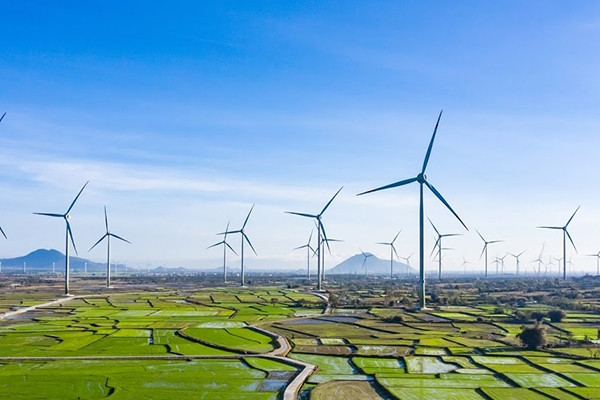
Source


![[Photo] Special flag-raising ceremony to celebrate the 135th birthday of President Ho Chi Minh](https://vphoto.vietnam.vn/thumb/1200x675/vietnam/resource/IMAGE/2025/5/19/1c5ec80249cc4ef3a5226e366e7e58f1)
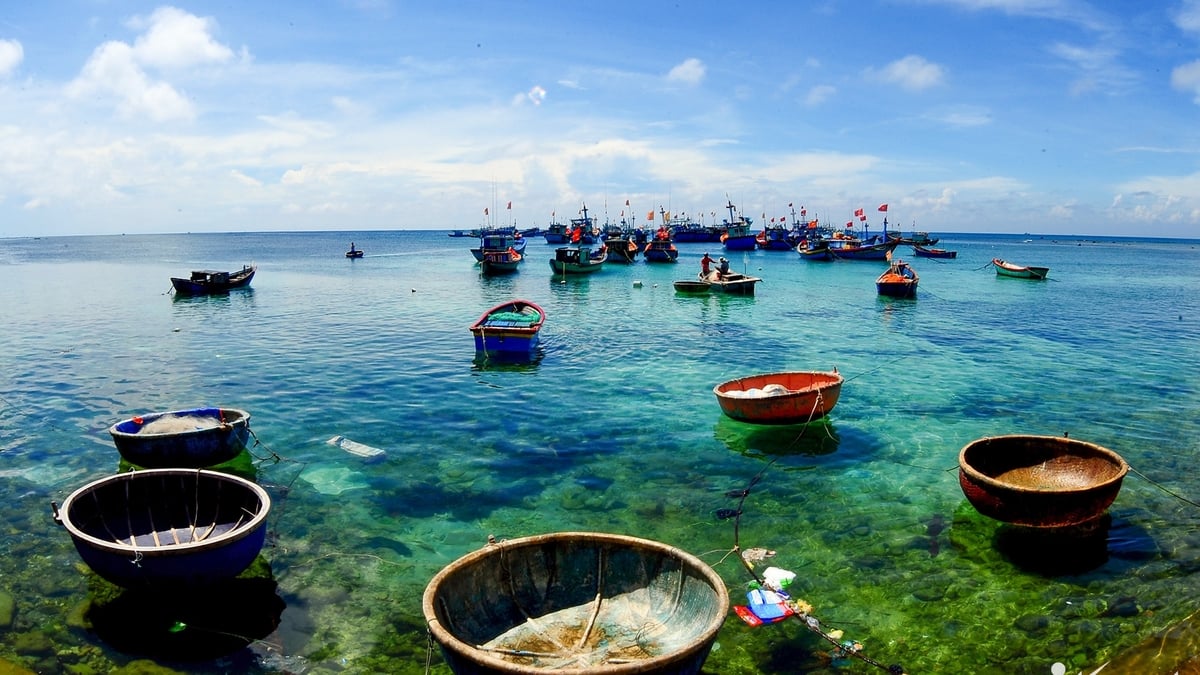

![[Photo] Party and State leaders attend the special art program "You are Ho Chi Minh"](https://vphoto.vietnam.vn/thumb/1200x675/vietnam/resource/IMAGE/2025/5/18/6895913f94fd4c51aa4564ab14c3f250)
![[Photo] Party and State leaders visit President Ho Chi Minh's Mausoleum](https://vphoto.vietnam.vn/thumb/1200x675/vietnam/resource/IMAGE/2025/5/19/d7e02f242af84752902b22a7208674ac)
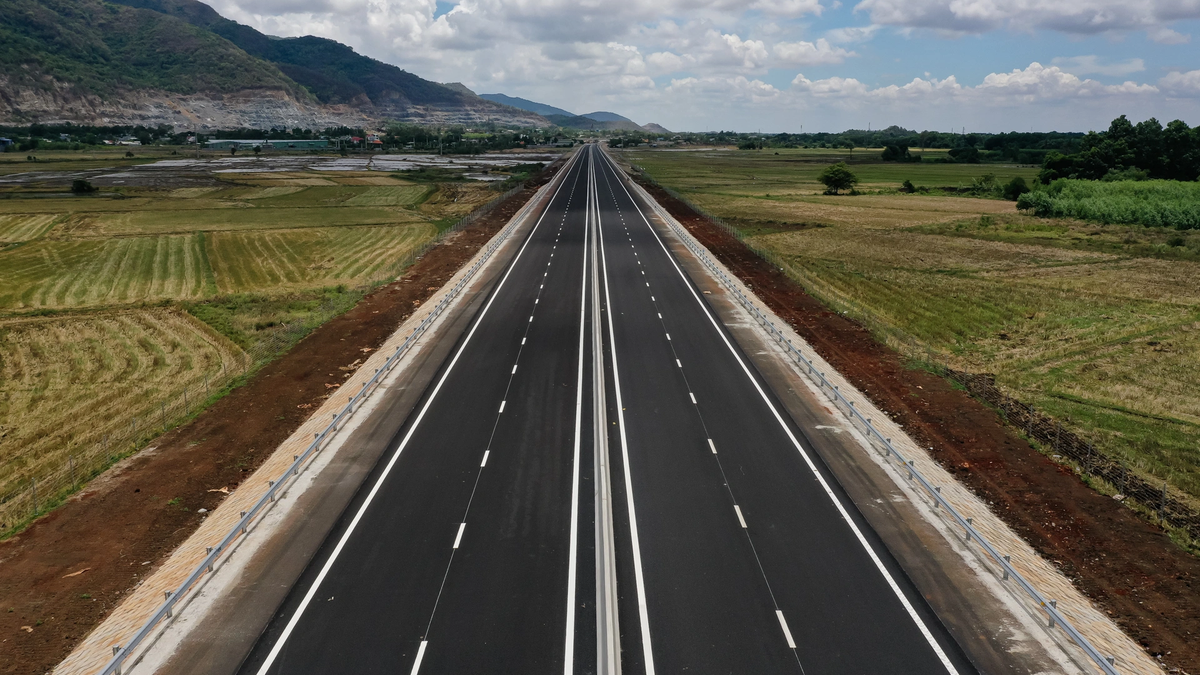


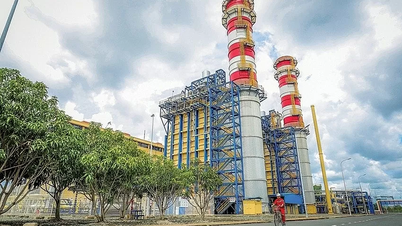

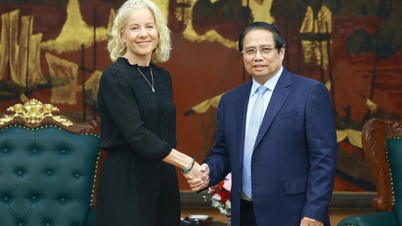

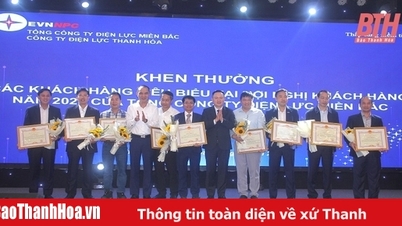
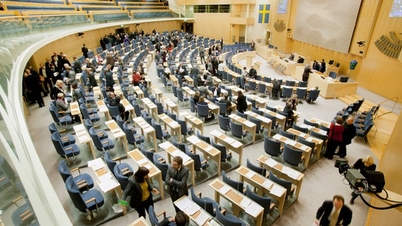





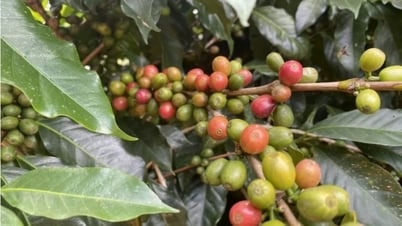
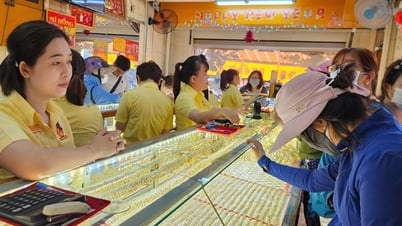


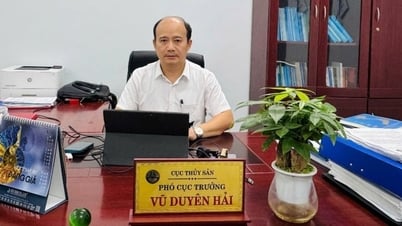













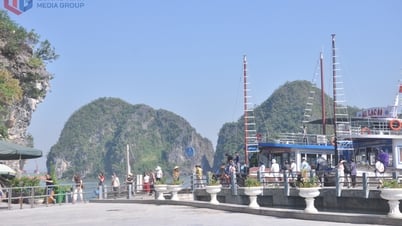



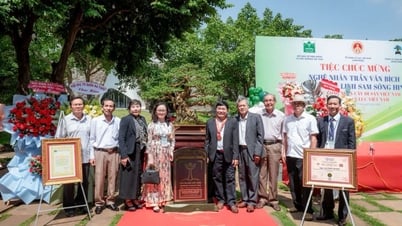









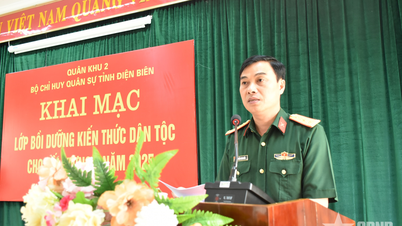
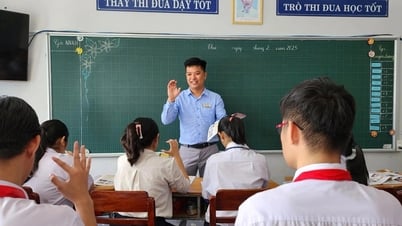

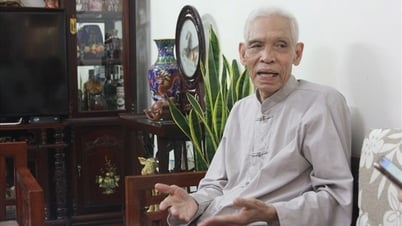

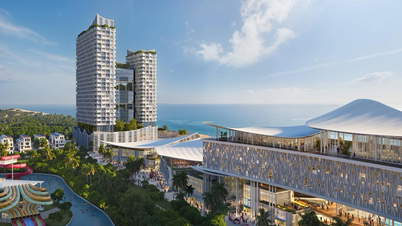

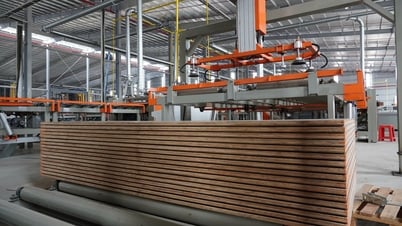

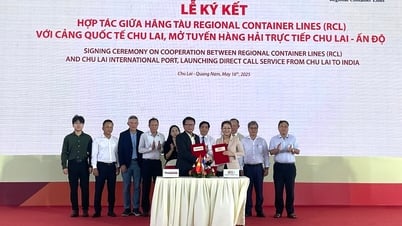



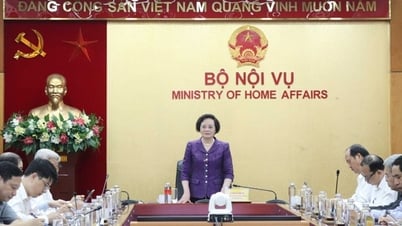



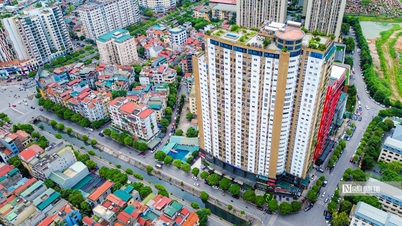

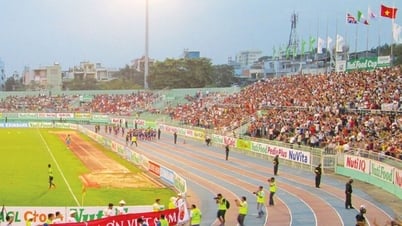
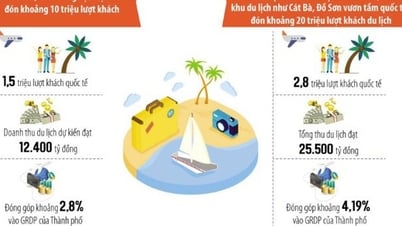
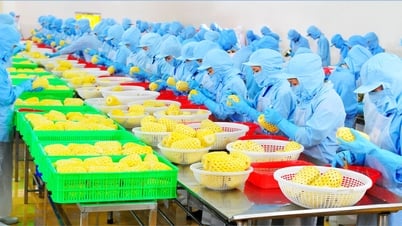


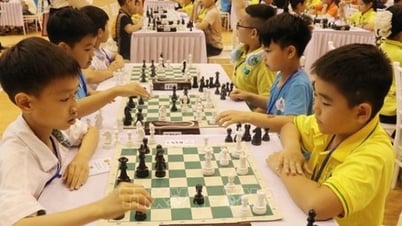



















Comment (0)